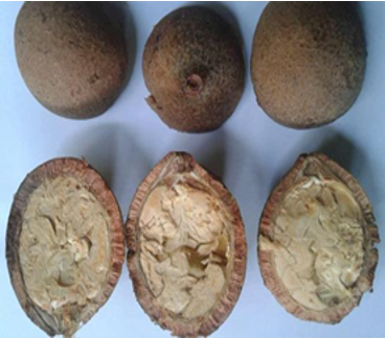Abstract
Antibiotic resistance has become a global issue and has had a disastrous impact, increasing patients’ morbidity and mortality. Biofilm formation is one of the factors contributing to bacterial resistance against many antibiotics. As one of the world’s richest sources of plant biodiversity, Indonesia has the potential to develop its natural resources as raw material for medicine. Atuna racemosa Raf. is a native Indonesian plant, that belongs to the Chrysobalanaceae family and grows abundantly in the Maluku Islands. It is widely used in Ambon as cooking spice and massage oil, as well as to treat inflammation including fever, leg inflammation, and diarrhea. Many recent studies have conducted botanical investigations regarding the potential of Atuna racemosa Raf. as a potent antibacterial agent. Many active compounds are found in Atuna racemosa Raf., such as 4’-O-methyl-ent-gallocathechin and (+)-gallocatechin, which are known to be effective against antibiotic-resistant bacteria, namely Methicillin-resistant Staphylococcus aureus (MRSA). Atun plants also contain several types of phytochemical components in which additional antibacterial activity was discovered. Accordingly, Atun has the potential to be developed as an alternative antibacterial and antibiofilm source. This narrative review aimed to identify the potential of the Atuna racemosa Raf. Plant as a source of antibacterial and antibiofilm agents, the phytochemical components, and its various extracts, as well as its active compounds. This review is expected to contribute to the discovery of a novel antibacterial and antibiofilm source which is safe and effective, in the context of utilizing Indonesia’s biodiversity.
Full text article
Authors

This work is licensed under a Creative Commons Attribution-NonCommercial-NoDerivatives 4.0 International License.

